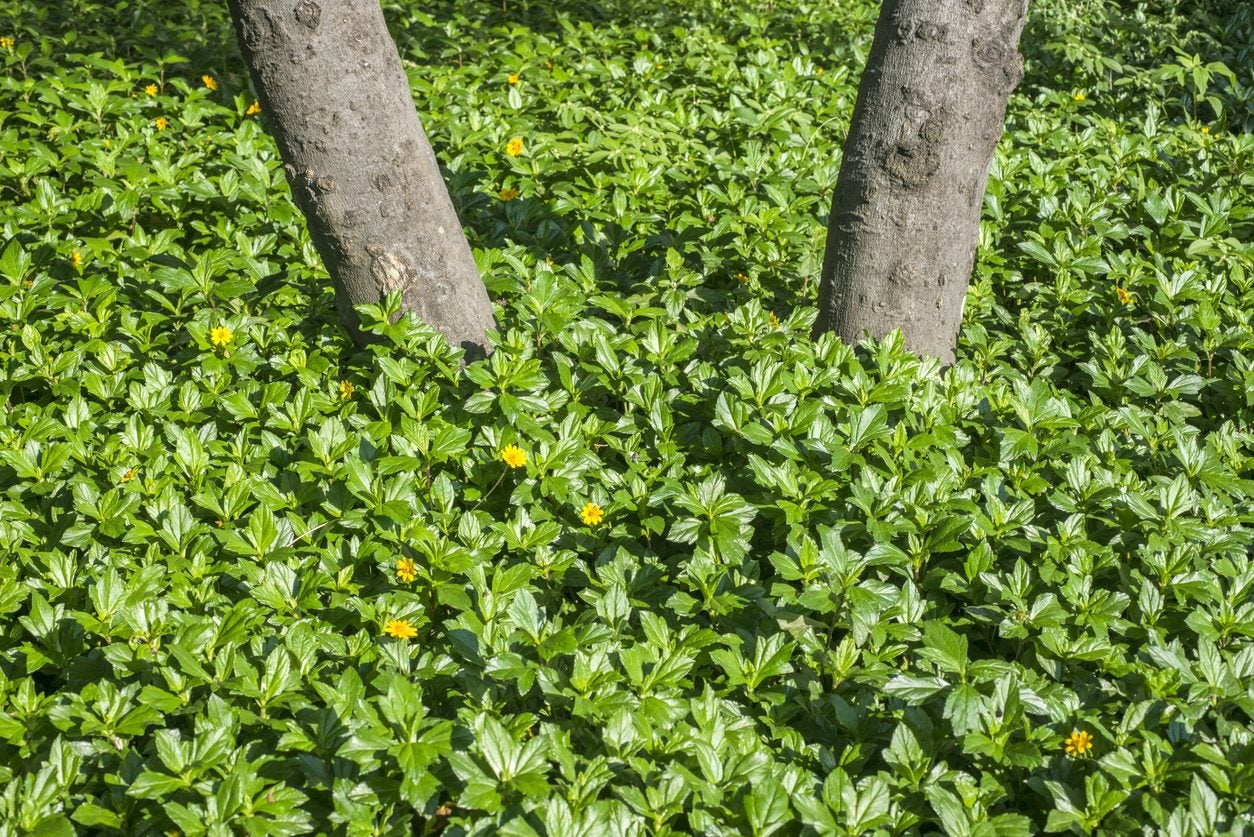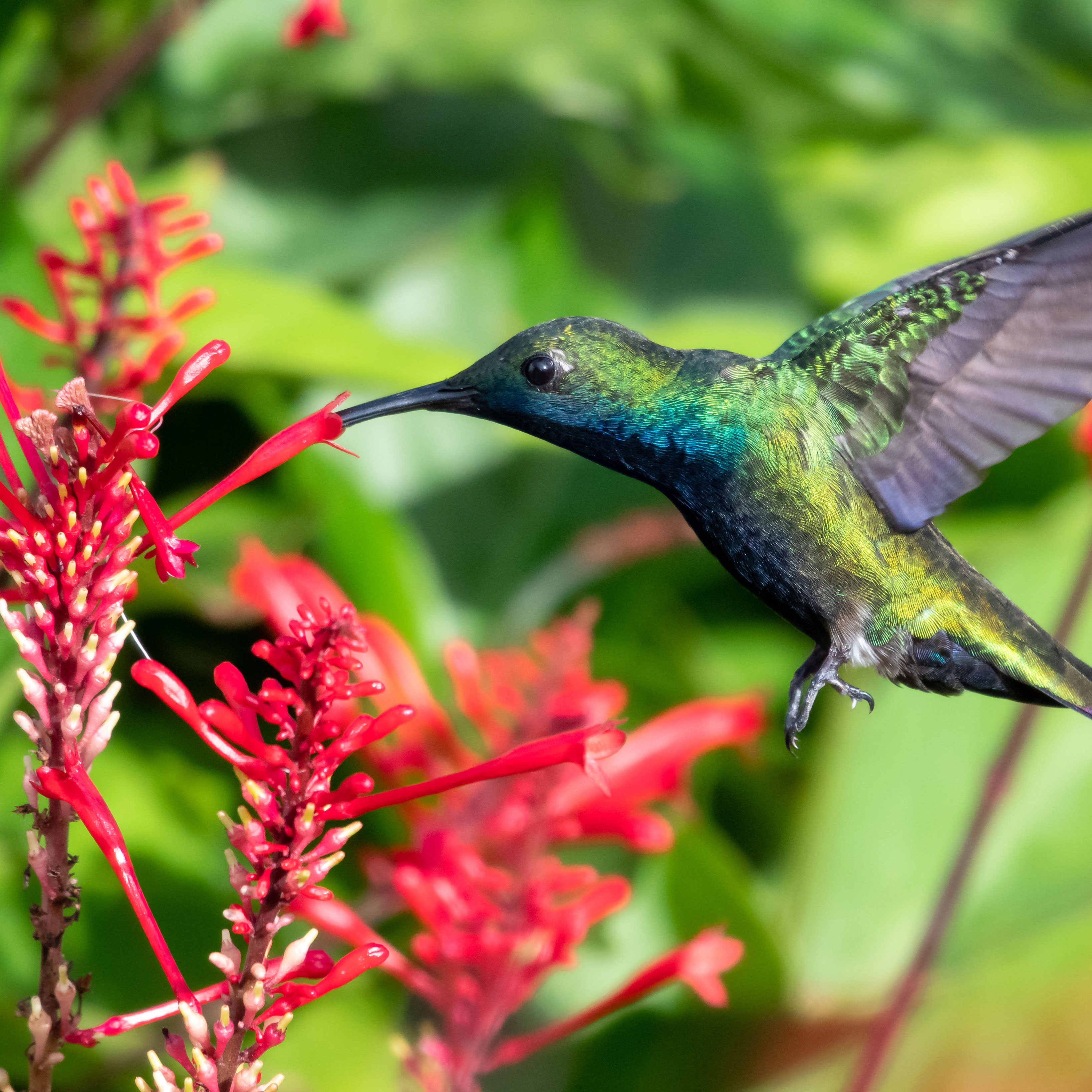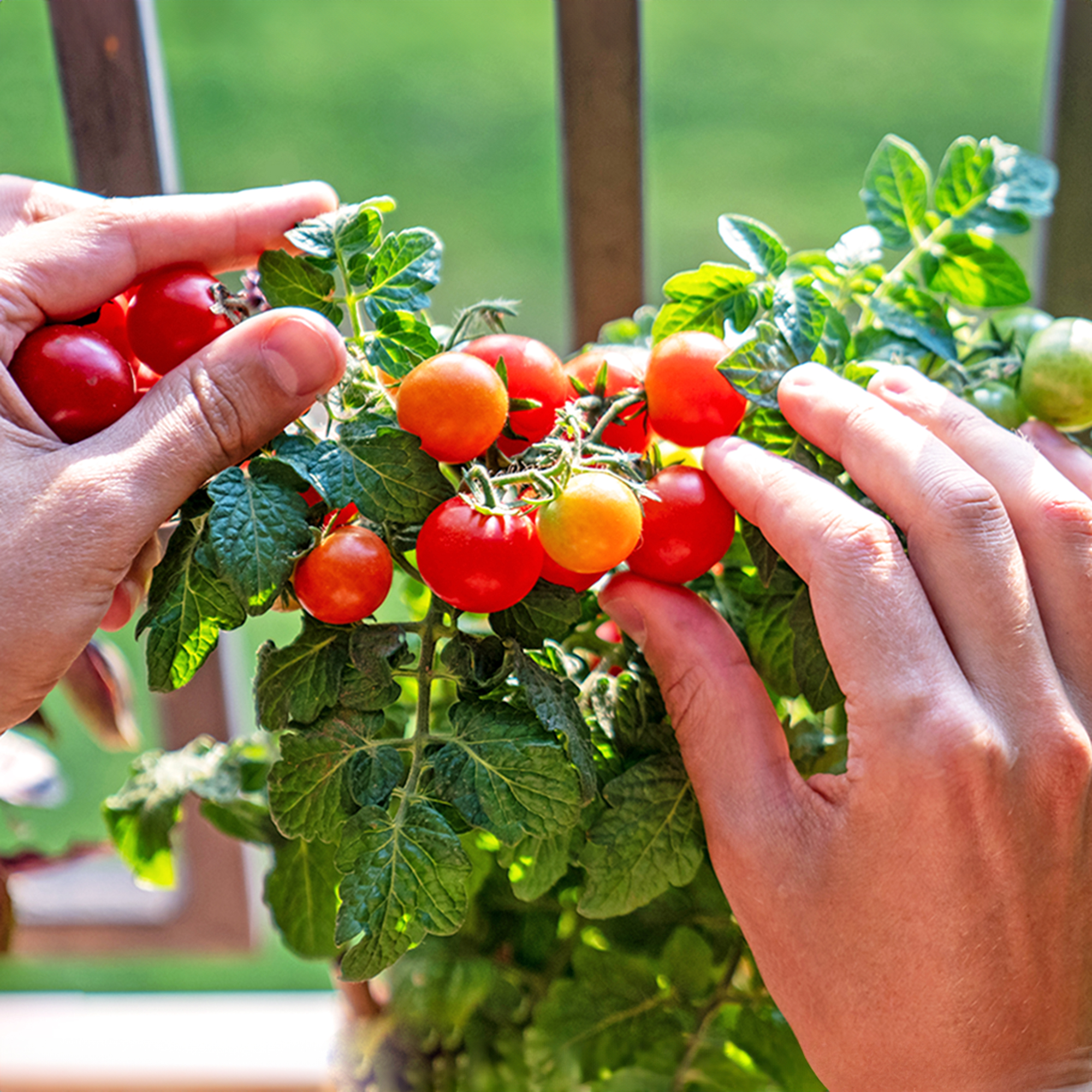Wedelia Plant Care – Learn How To Grow Wedelia Groundcover Plants


Wedelia is a plant that has some very mixed reviews, and rightly so. While praised by some for its small, bright yellow flowers and ability to prevent erosion, it is also reviled by others for its aggressive spreading tendencies. Keep reading to learn both about growing wedelia groundcover and the dangers of wedelia propagation.
How to Grow Wedelia
Wedelia (Wedelia trilobata) is an herbaceous perennial that’s hardy in USDA zones 8b through 11. It tends to grow to between 18 and 24 inches (46-61 cm.) high. It thrives in full shade, full sun, and everything in between, but it produces flowers most impressively in full sun. Its flowers are its most appealing feature: small, yellow, daisy-like, and very prolific. It can handle a wide range of pH levels and will perform well in virtually any soil. In other words, wedelia plant care is extremely low maintenance. It will grow and thrive almost anywhere as long as the weather is warm enough. The plant is extremely tough and can handle pruning almost down to the ground. The optimal height for blossom production is about 4 inches (10 cm.).
Managing Wedelia Plants
The main aspect of wedelia plant care isn’t making sure it grows well, but rather making sure it doesn’t grow too well. Whenever wedelia stems touch the ground, they take root. This means the plant has an extremely aggressive spreading habit. While this is good news for those who want to hold down soil in otherwise barren sites that are prone to erosion (one of wedelia's most common uses), it makes it very unsuited to backyards and gardens, where it is likely to completely take over. In some states, it is classified as an invasive species. Check with your local extension office before planting. Even if it’s not an invasive species where you live, be very wary of planting this aggressive groundcover. If you do decide to plant, keep it in check by providing it with only minimal water and fertilizer. With ample amounts of either, it will truly take off and overwhelm you.
Gardening tips, videos, info and more delivered right to your inbox!
Sign up for the Gardening Know How newsletter today and receive a free copy of our e-book "How to Grow Delicious Tomatoes".

The only child of a horticulturist and an English teacher, Liz Baessler was destined to become a gardening editor. She has been with Gardening Know how since 2015, and a Senior Editor since 2020. She holds a BA in English from Brandeis University and an MA in English from the University of Geneva, Switzerland. After years of gardening in containers and community garden plots, she finally has a backyard of her own, which she is systematically filling with vegetables and flowers.
-
 Terrifically Tubular Flowers For Hummingbirds: 9 Tube-Flowered Plants To Attract Hummers
Terrifically Tubular Flowers For Hummingbirds: 9 Tube-Flowered Plants To Attract HummersGrowing tubular flowers for hummingbirds helps you create the optimum feeding conditions for your winged friends. Here are nine tubed delights for hummers
By Tonya Barnett
-
 How To Grow Hydroponic Tomatoes For Fresh Indoor Harvests – No Soil Required
How To Grow Hydroponic Tomatoes For Fresh Indoor Harvests – No Soil RequiredLearning how to grow tomatoes in water is easy and allows you to harvest fresh-home-grown produce in every season without any mess.
By Ellen Wells